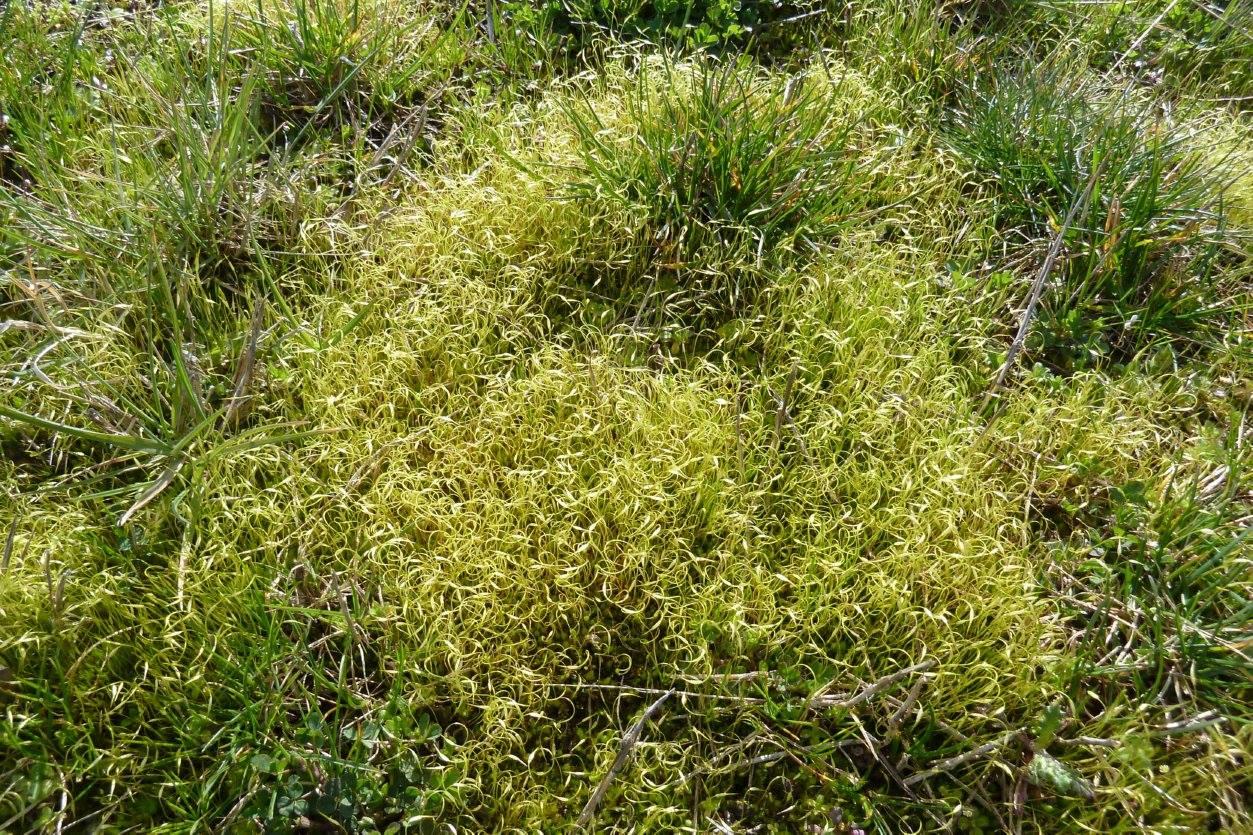
Funaria.jpg from: https://blogs.ubc.ca/biology321/?page_id=528
Funaria hygrometrica var. fuegiana: The Fascinating Fuegian Cord-moss
Introduction
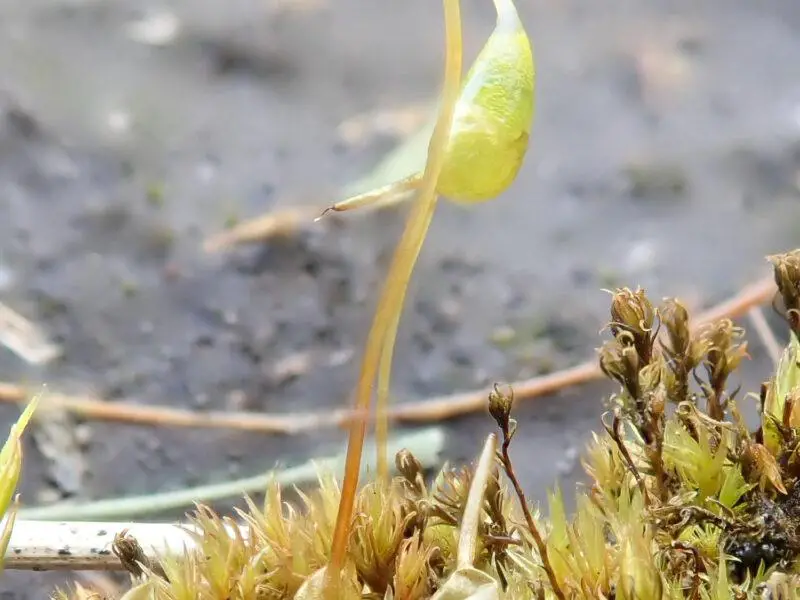
2021-05-07-11-06-07-800×600.jpg from: https://www.britishbryologicalsociety.org.uk/learning/species-finder/funaria-hygrometrica/
The world of mosses is full of incredible diversity and fascinating adaptations. One particularly interesting species is Funaria hygrometrica var. fuegiana (Müll.Hal.) Besch., also known as the Fuegian cord-moss. This tiny but mighty moss is part of the Funariaceae family and has some remarkable characteristics. Let’s dive in and learn more about this captivating bryophyte!
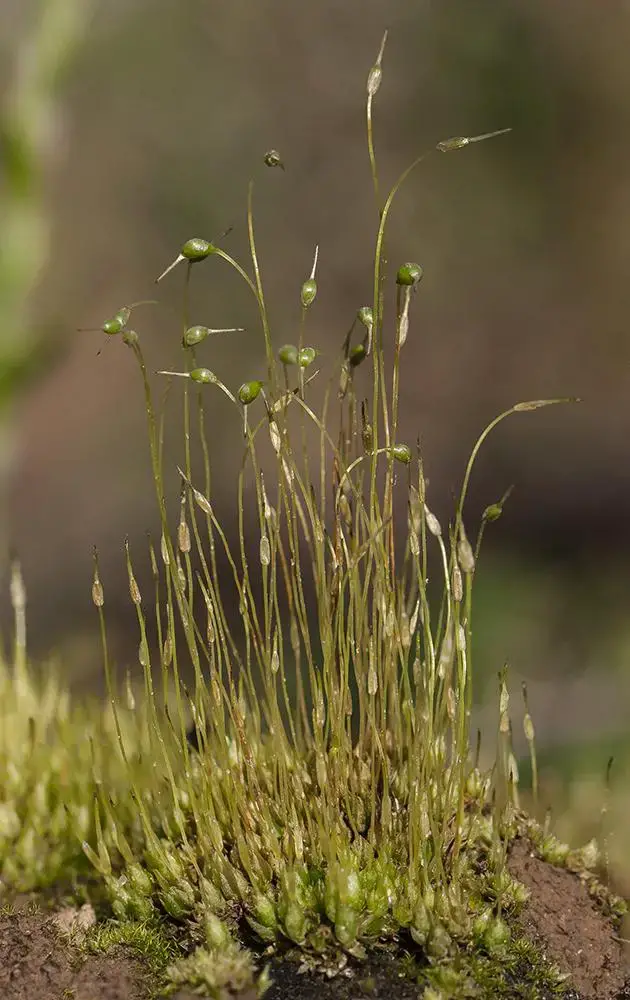
565662_36c973fe.jpg from: https://www.plantarium.ru/page/image/id/565662.html
Background on Funaria Mosses
The genus Funaria contains around 200 species of mosses found all over the world. They are known as “cord mosses” due to the twisted, cord-like appearance of their stems when dry. Funaria mosses are
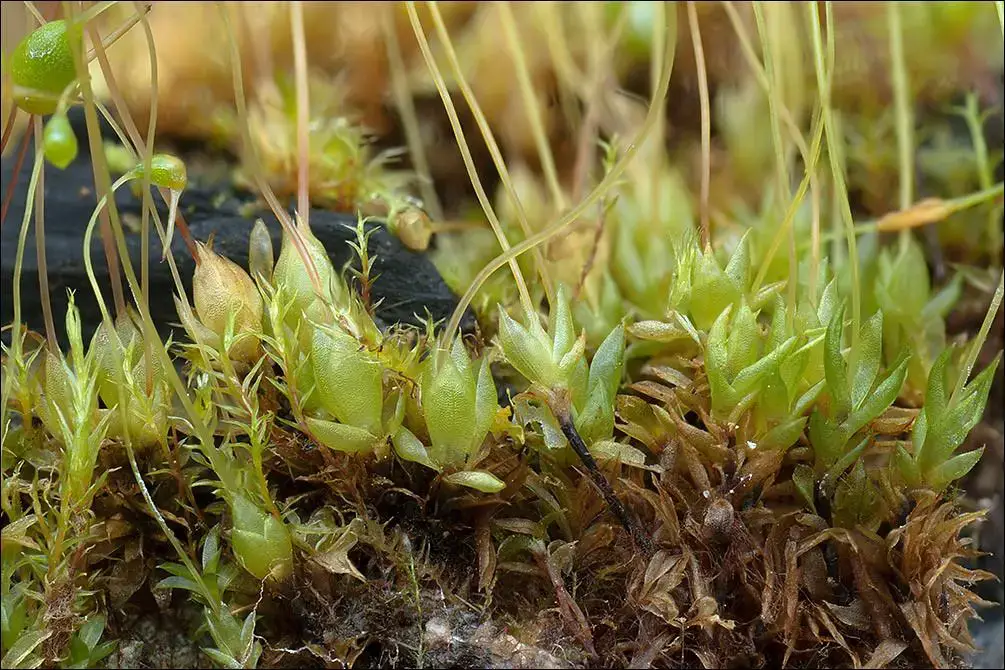
51179943267_be4a1ea9b6_b.jpg from: https://www.flickr.com/photos/atrnkoczy/51179943267/
acrocarpous, meaning they produce sporophytes at the tips of the stems. The Funariaceae family is part of the
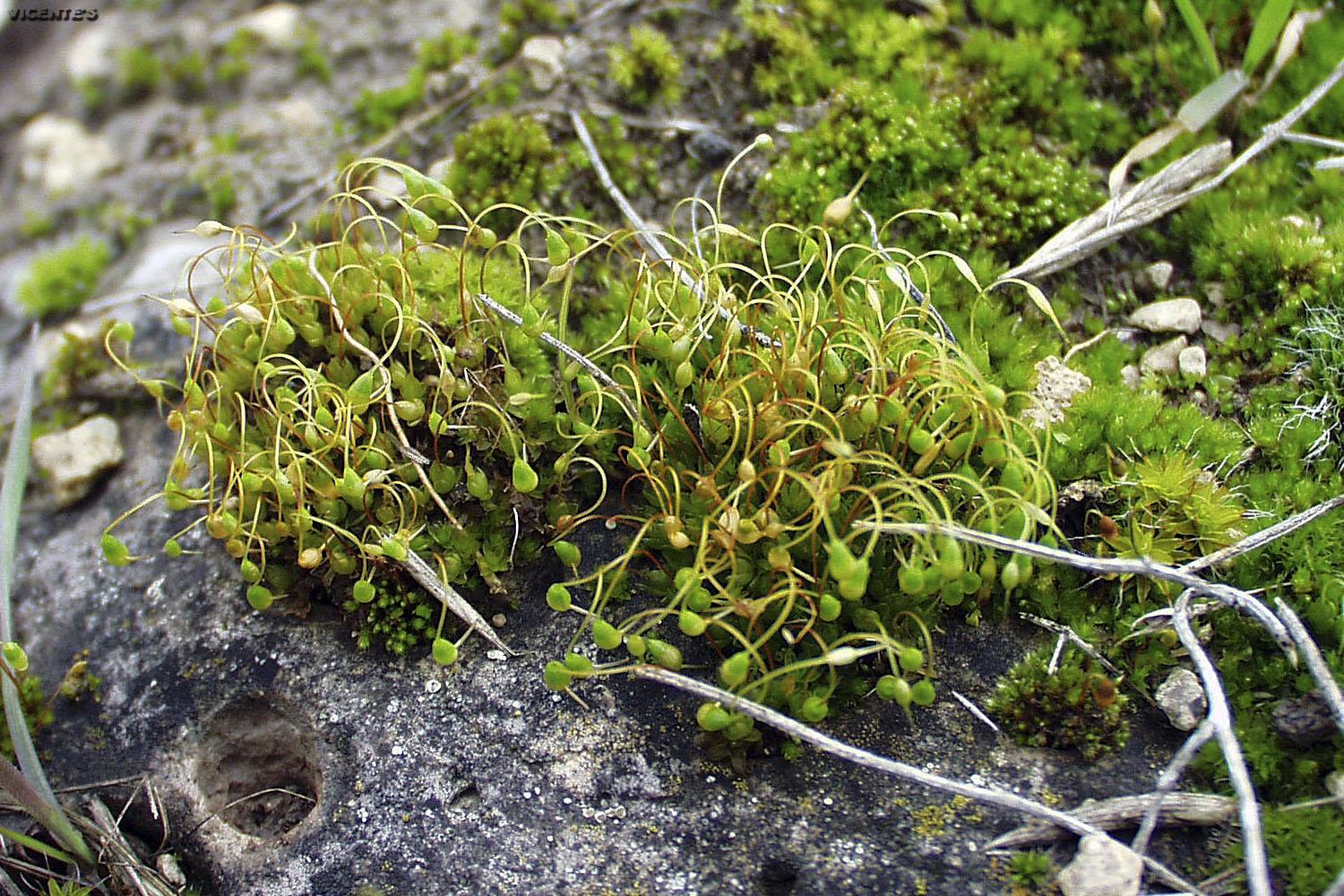
Funaria%2Bhygrometrica%2B1.jpg from: https://floressilvestresdehormaza.blogspot.com/2017/11/funaria-hygrometrica.html
Bryopsida class within the Bryophyta division.
Morphology and Identification
F. hygrometrica var. fuegiana forms small tufts or cushions, typically reaching heights of 1-2 cm. The leaves are ovate-lanceolate in shape and have a costa (midrib) that ends just before the leaf tip. When dry, the leaves become twisted and contorted, giving the moss its distinctive “cord-like” appearance. The seta (stalk bearing the capsule) is 2-4 cm long and reddish-brown in color. The capsules are pear-shaped and slightly curved, with a small lid that falls off to release the spores.
Global Distribution and Habitat
This variety of F. hygrometrica
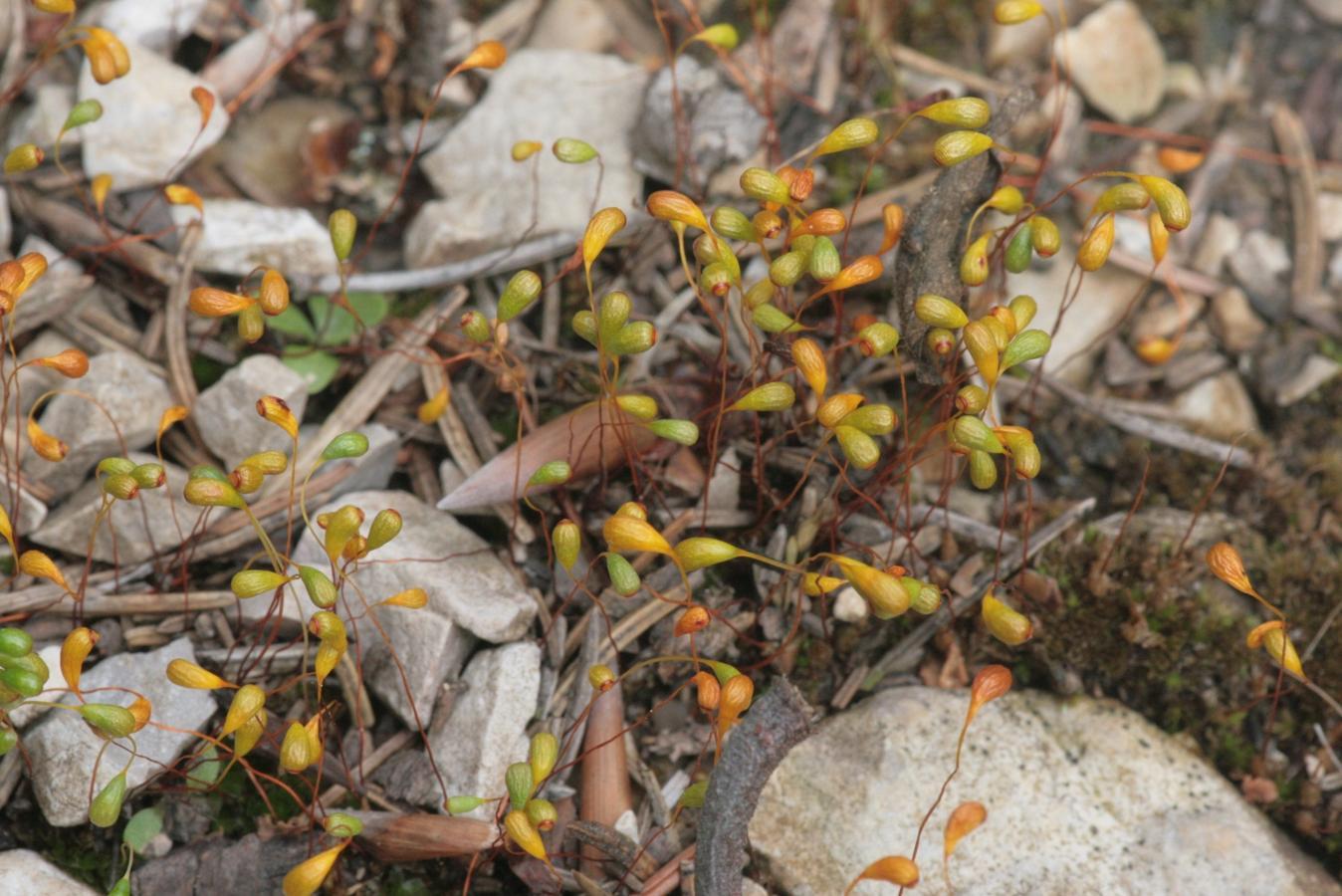
Funaria_hygrometrica_(a%2C_144639-474820)_3514.jpg from: https://handwiki.org/wiki/File:Funaria_hygrometrica_(a,_144639-474820)_3514.jpg
is native to southern South America, specifically the region of Tierra del Fuego (hence the name “fuegiana”). It grows on disturbed soils, often in open habitats like roadsides, trails, and burned areas. The moss is well-adapted to colonizing bare ground and tolerates a wide range of environmental conditions.
Ecological Roles and Adaptations
As a pioneer species, F. hygrometrica var. fuegiana plays an important role in soil stabilization and facilitating the establishment of other plants. The moss helps to retain moisture and nutrients in the soil, creating microhabitats for invertebrates and microorganisms.
One of the most remarkable adaptations of this moss is its ability to survive desiccation. During dry periods, the leaves curl up tightly, reducing water loss. The moss can remain dormant for extended periods and quickly rehydrate when moisture becomes available again. This adaptation allows it to thrive in variable environments.
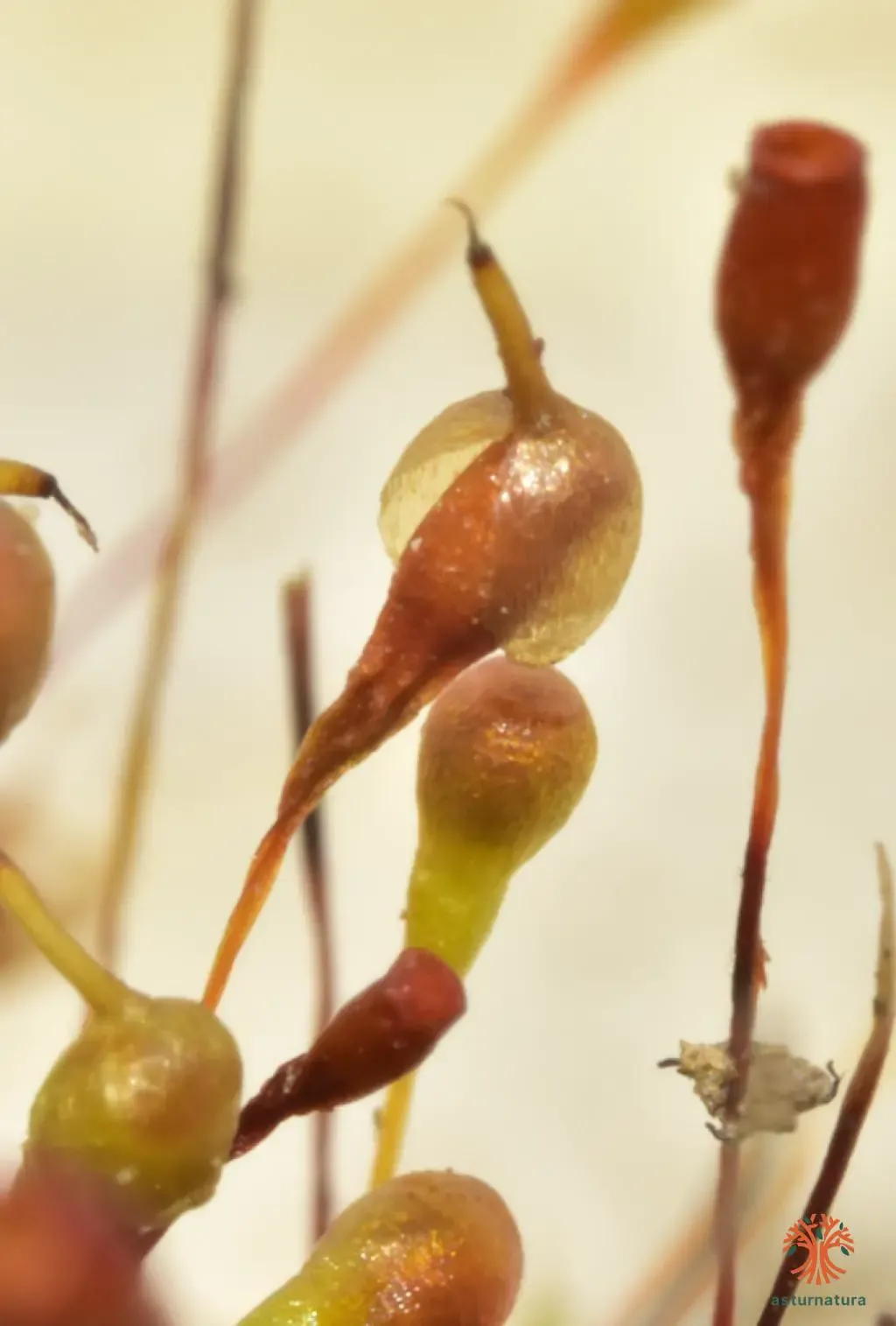
6148c1767c61f0a7ded146eadf89015f.jpg from: https://www.asturnatura.com/fotografia/flora/funaria-hygrometrica-2-de-6/41538.html
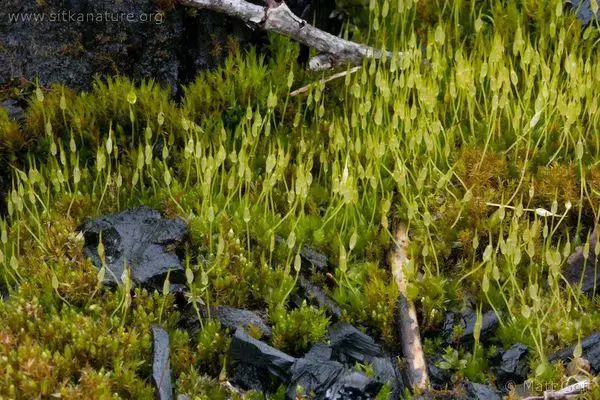
600px-20040409-04-09bryophyte2.jpg from: https://wiki.seaknature.org/Funaria_hygrometrica
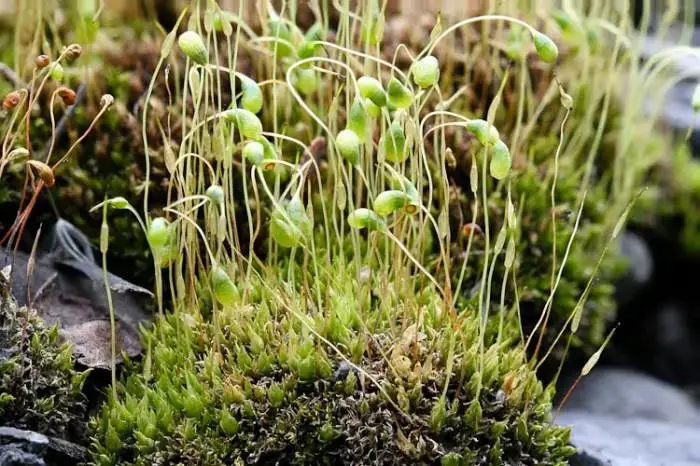
Funaria-hygrometrica-700×466.jpg from: https://ohiomosslichen.org/funaria-hygrometrica-2/
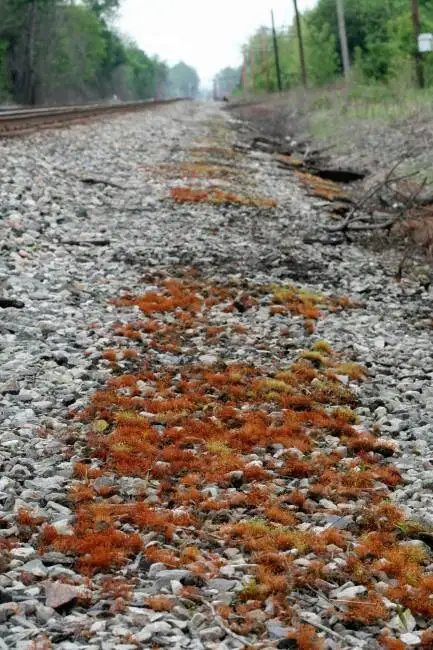
Funaria-hygrometrica-17-433×650.jpg from: https://ohiomosslichen.org/moss-funaria-hygrometrica/
| Characteristic | Description |
|---|---|
| Height | 1-2 cm |
| Leaves | Ovate-lanceolate, twisted when dry |
| Seta | 2-4 cm long, reddish-brown |
| Capsule | Pear-shaped, slightly curved, with small lid |
| Habitat | Disturbed soils, open areas |
| Distribution | Southern South America (Tierra del Fuego) |
Conclusion
Funaria hygrometrica var. fuegiana may be small, but it is a fascinating and ecologically important moss. Its ability to colonize bare ground, survive desiccation, and facilitate the growth of other plants makes it a true pioneer in the plant world. Next time you’re hiking in Tierra del Fuego, keep an eye out for this remarkable little moss! Who knows what other secrets and adaptations it may be hiding?